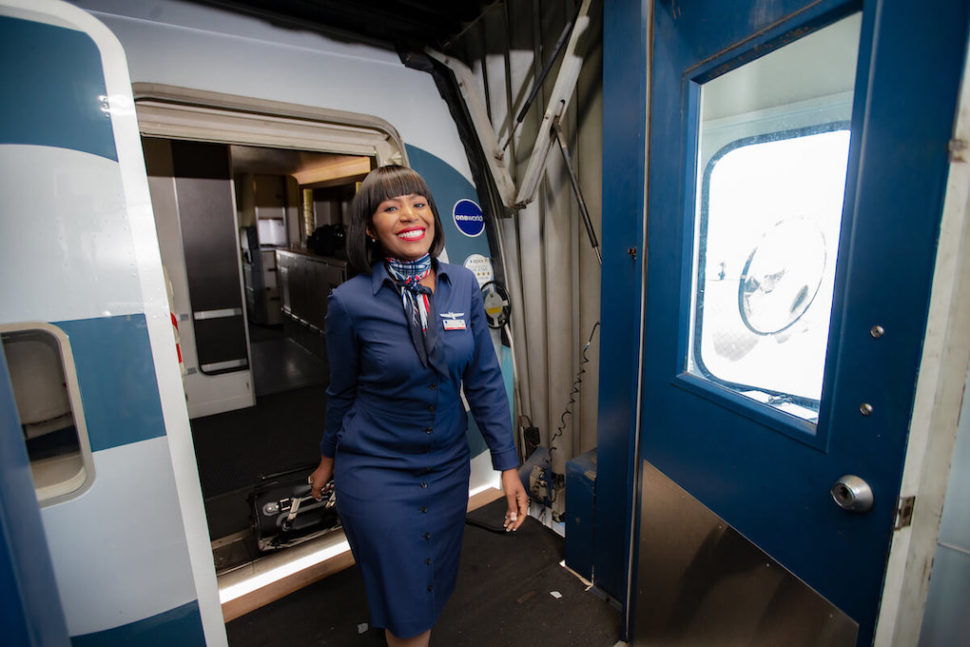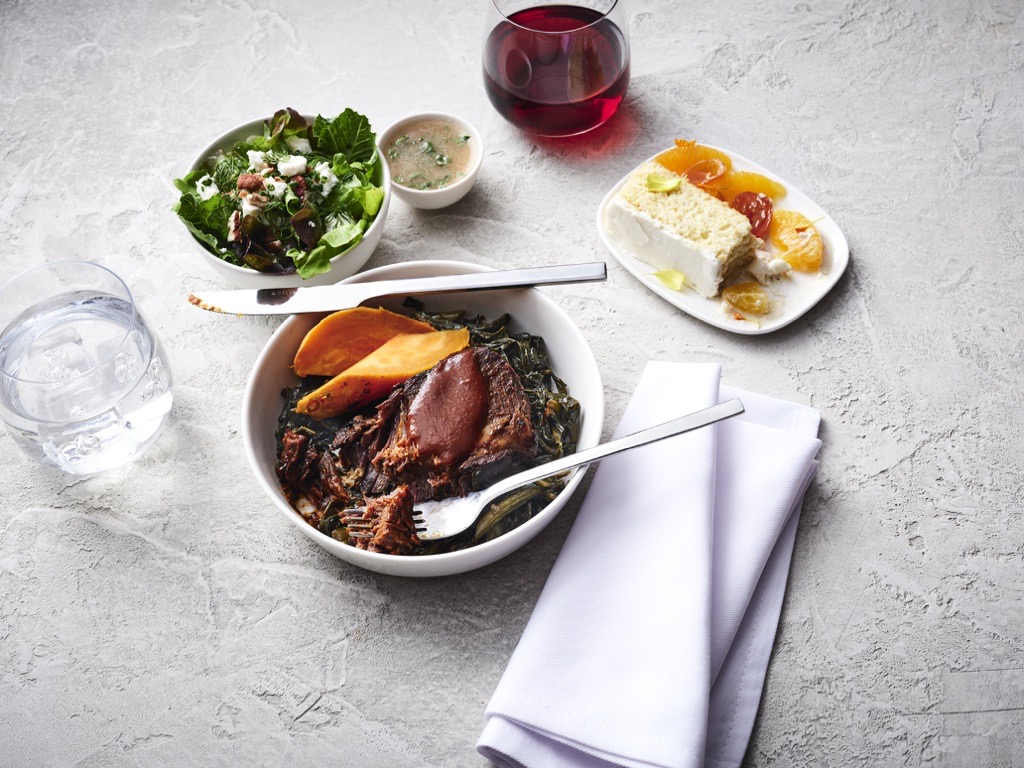When it comes to dining on a plane, flight attendants face unique challenges. These challenges set their eating habits apart from those of the average worker. Limited access to fresh food, unconventional meal times, and constant change in the work environment make in-flight dining a different experience.
Here’s an inside look into the world of flight attendants’ meals and how they manage to eat on the fly.

Unlike most workers who can visit nearby cafes or store lunch in a communal fridge, flight attendants eat on the go. Their office can change throughout the day, often taking them miles away from fresh food sources. Their meal times are not fixed, especially when crossing time zones. They can only eat after completing essential tasks such as safety checks, food and beverage service, and trash pickup, which can sometimes be hours after takeoff. Interruptions from passengers or unforeseen delays can further complicate their dining plans.
Sara Nelson, international president of the Association of Flight Attendants-CWA, emphasizes the importance of planning when it comes to food for flight attendants. Since they never know when their next meal will be, being prepared becomes crucial.
Flight Attendant Food Options
Flight attendants may receive a free meal or light bite depending on the airline, contract, and destination. Options can range from snack boxes with items like tuna, chips, and candy bars to more substantial hot meals that include proteins, vegetables, and starches. First and business-class flight attendants may even find unclaimed trays from these premium cabins, offering an upgrade to the economy-class meal.
Deborah VanTrece, a former flight attendant turned chef, notes that she became wary of in-flight meals after learning about the extensive process involved in preparing them during a food sanitation class. As a result, many flight attendants bring their own food to ensure freshness and quality.
However, flight attendants like Michael Rice, who works for a budget airline, have fewer options compared to their colleagues on planes with full galleys and meal services. Their carrier provides free drinks and discounts on snacks such as instant noodles, chips, and cookies. Nevertheless, after years on the job, the novelty of junk food wears off, and flight attendants seek healthier alternatives.
Tight Scheduling
While flight attendants have at least two opportunities to eat on the ground, tight layovers may prevent them from grabbing food between gates during departure and arrival. Despite professional discounts, inflation at airport restaurants and convenience stores can also deter them. However, the alluring scents of airport cuisine can occasionally entice even the most travel-savvy flight attendant.
Diet & Essentials
When it comes to in-flight meals, flight attendants prioritize energy levels and minimize puffiness. They opt for low-sodium foods to avoid swelling. Utensil-free options like carrots or celery sticks, protein bars, and dried fruit can be conveniently consumed in tight quarters. Nuts are popular choices, except for peanuts due to allergies. Bananas are also favored, as long as they are eaten before they become overripe.
Hard-boiled eggs are another staple, although their pungent odor can be off-putting. Flight attendants like Rice will warn their colleagues in advance to avoid any surprises. They may retreat to private areas, such as the galley or bathroom, to consume these aromatic foods.
Planning the order of protein consumption is also essential for flight attendants. Some strategically consume fish on the first day, followed by chicken and beef on subsequent days of their trips.
Cooking Tools and Food Accessories for Travel
Flight attendants often carry a small mobile kitchen, complete with refrigeration, to accommodate the uncertainty of air travel. Coolers and insulated totes with ice packs help extend the life of perishable items. Flight attendants fill headache bags with ice when no other options are available.
Reheating meals can be done using the plane’s oven or the hotel microwave. Some flight attendants go the extra mile and bring their own portable food warmers or miniature Crock-Pots.
During layovers, flight attendants take advantage of grocery stores, especially during international trips, to replenish their food supplies or try new flavors. Cold cuts, sandwiches, and local specialties make for convenient and delicious in-flight meals.
